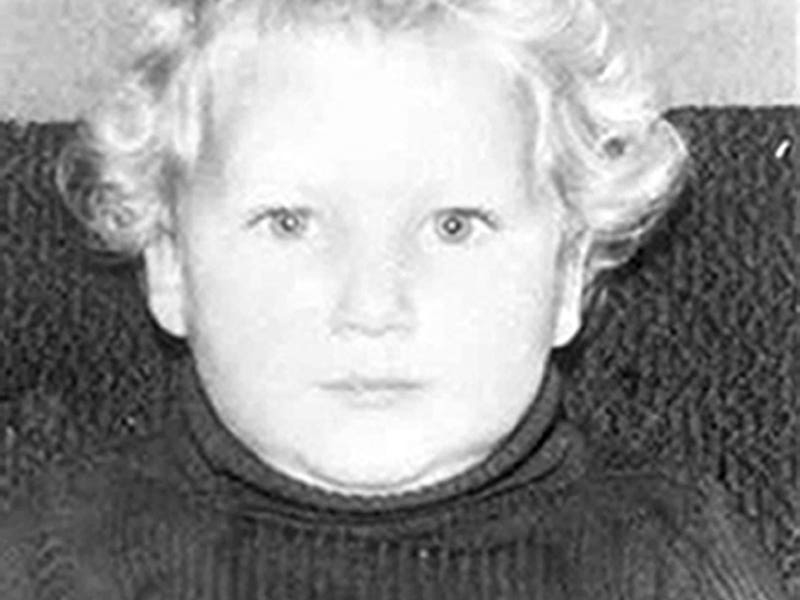This year, a mechanical device attached to a tractor that is normally used to clear the top section of beaches of rocks, litter and seaweed has been tweaked to be able to collect the green lettuce directly from the sea.
And after finding that the machine works better when moving backwards, the operator now reverses it around St Aubin’s Bay.
Martin Gautier, assistant director of technical services at the Infrastructure Department, explained why they had started using the contraption.
‘Our surf rake, which we usually use at the top of the beach, was coming up to the end of its use-by date so we bought a new one and have had our apprentices modify the old machine to be able to fish the sea lettuce out of the water,’ he said.
‘The surf rake has a big hopper at the back which holds everything that it collects but if we are driving through the sea it will fill up with water so we had to drill 650 holes in it to let the water out.
‘We also have an old multi-arm truck with a detachable bin that we use to take the sea lettuce away. We fitted that with a false bottom and perforated holes in it to act as drains. The apprentices came up with all sorts of weird and wonderful ideas, but we opted to keep it simple and basic and it seems to be working well so far.’
Mr Gautier added that rather than spending money on new equipment, the department had paid £11,000 to adapt the surf rake, which works in a similar way to that of a £250,000-vehicle used on the nearby beaches of Brittany.
The department had been due to bring one of the purpose-built machines over from France for a trial in Jersey in 2016 but it caught fire before they were able to.
‘On our first day of using it [the surf rake], the driver found that by using it in reverse it seemed to work a lot better,’ he said.
‘In reverse, there is no bow wave from the tractor and the belt on the back of the surf rake pulls in the sea lettuce.
‘The French machine had a conveyor belt at the front for just that very purpose and I accept that our modified machine has its limitations but it actually works very efficiently – I am very surprised.’
Mr Gautier added that the machine had so far been used for nine hours over three days and in that time it had collected 40 tonnes of sea lettuce.
The engineer also said that because the machine was collecting the material from the sea, rather than the beach, it was clear of sand and other debris and the department was now able to remove it from the beach before taking it to La Collette to be dealt with, rather than dropping it at the low-tide mark.
Asked if he thought the department’s new method had made any difference to the sea lettuce problem, Mr Gautier said: ‘That is a very difficult and subjective question to answer but on the third day we were collecting it there was definitely less there and we essentially had to go fishing for it.
‘Visually it is better – whether that is down to us I do not know, but we are not doing any harm.’






